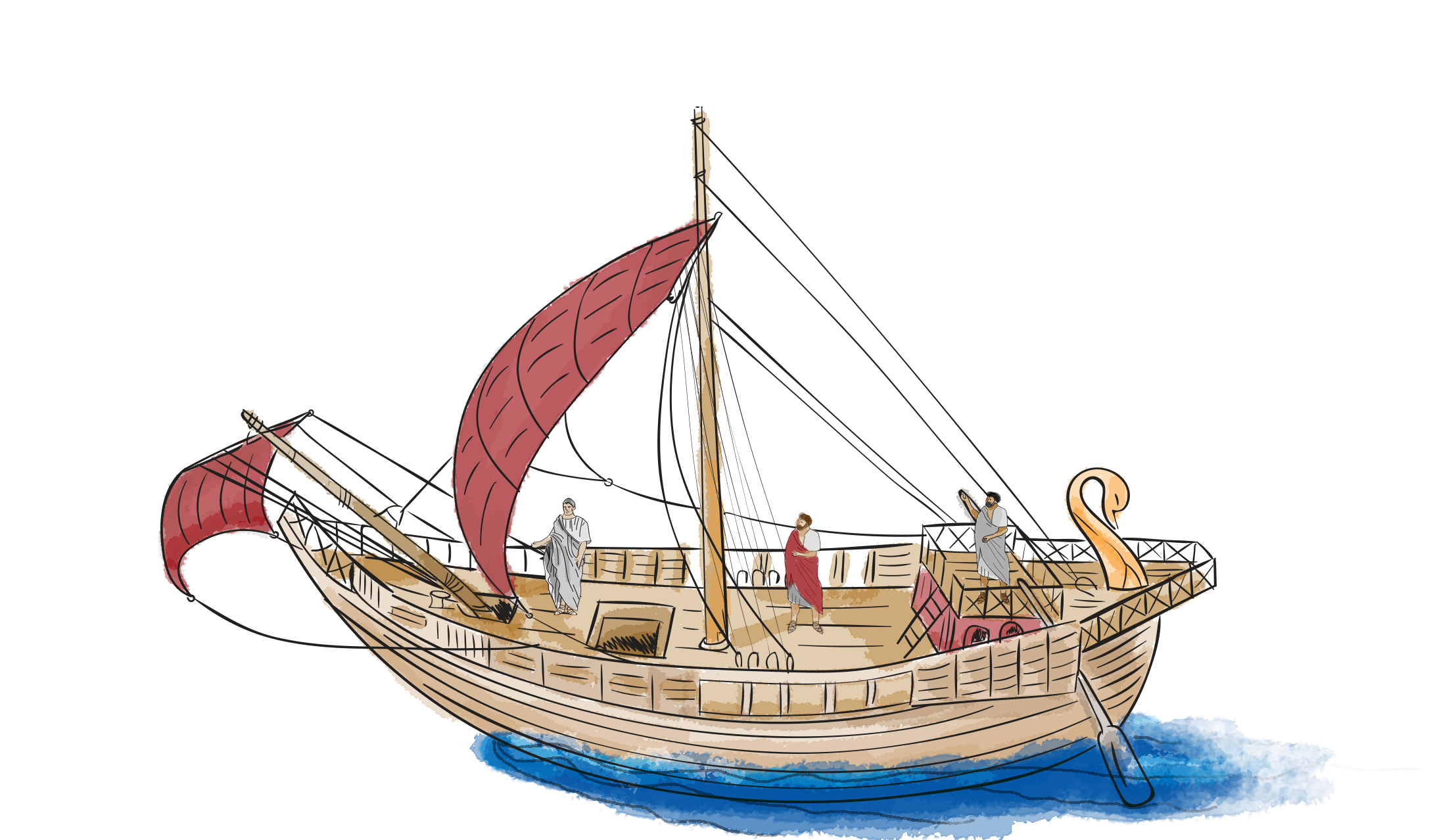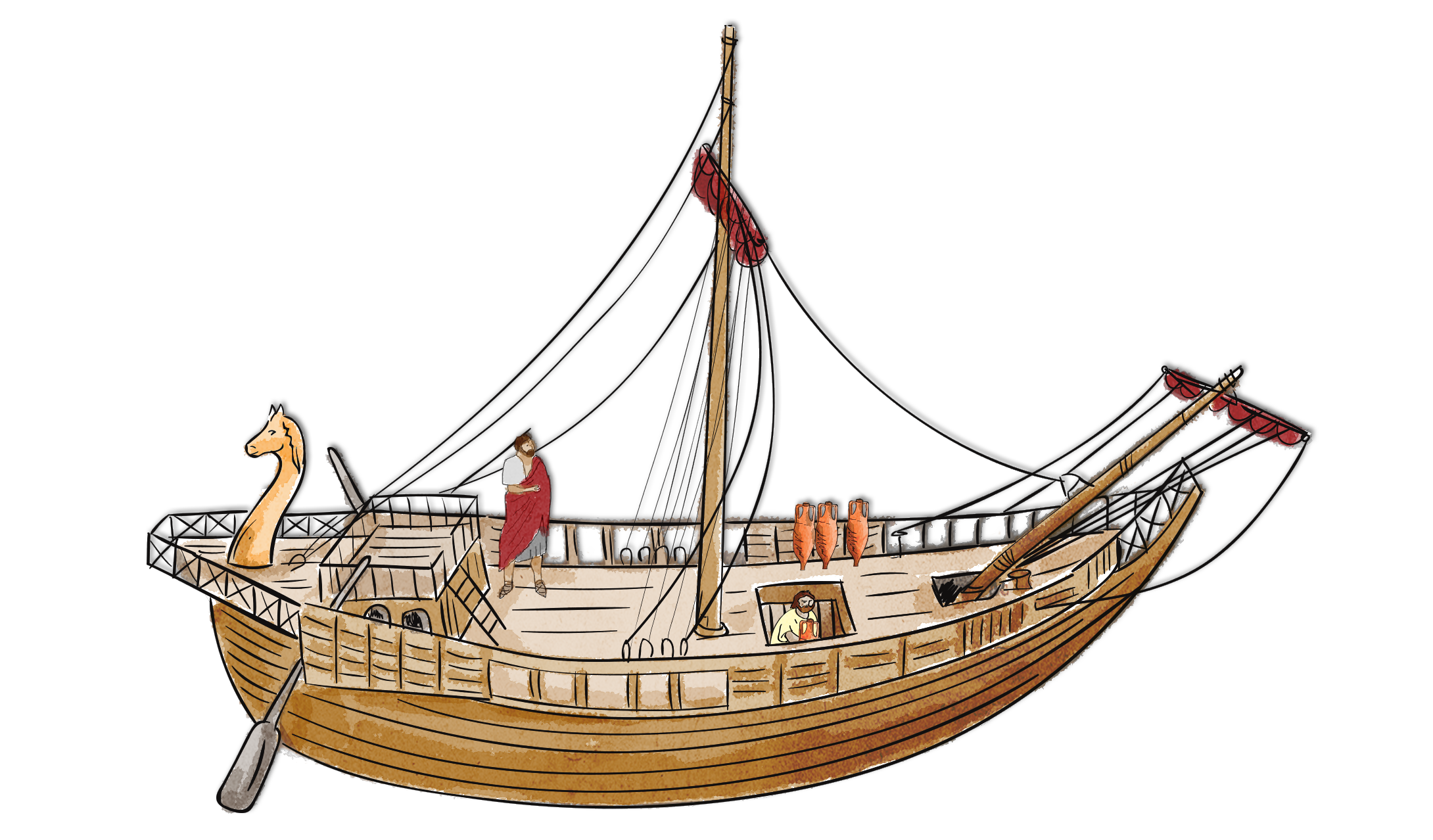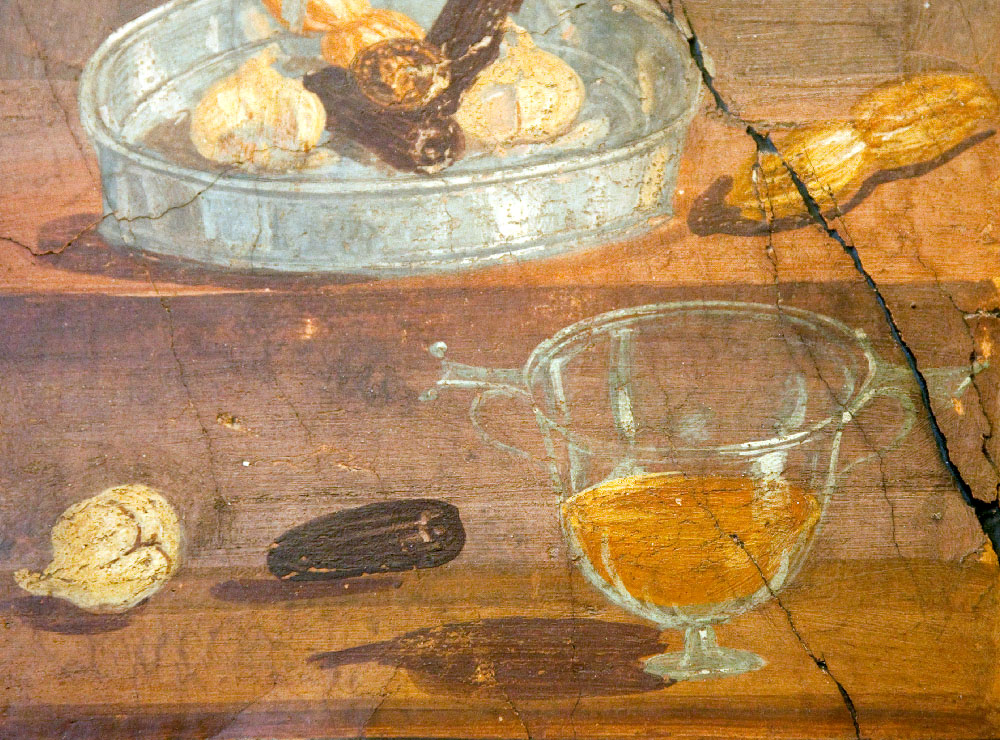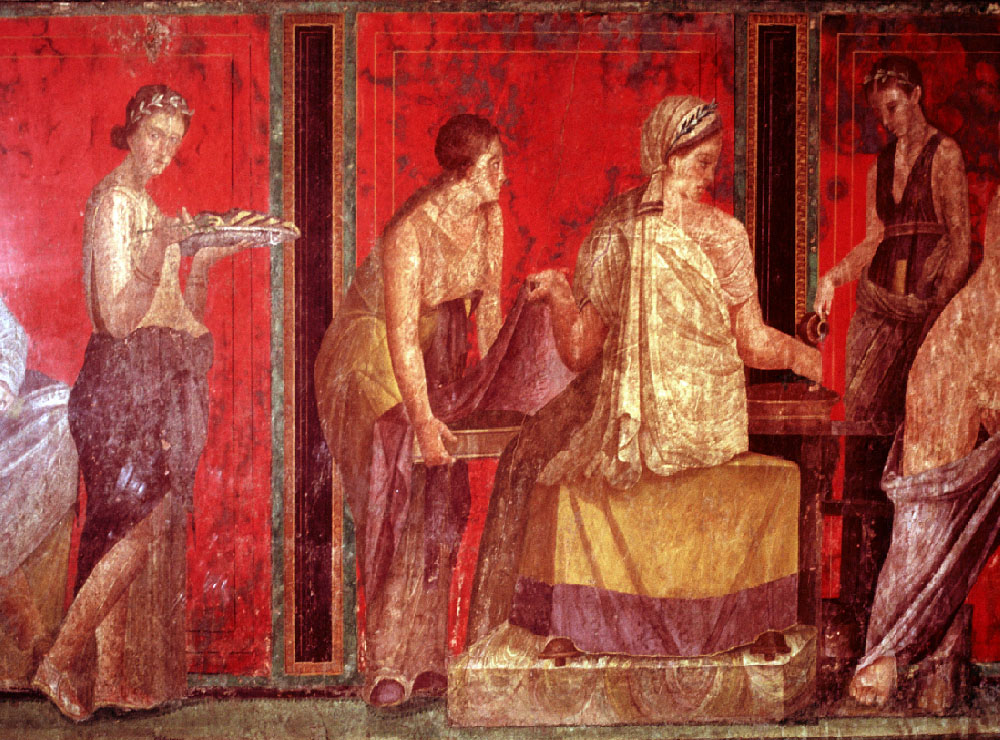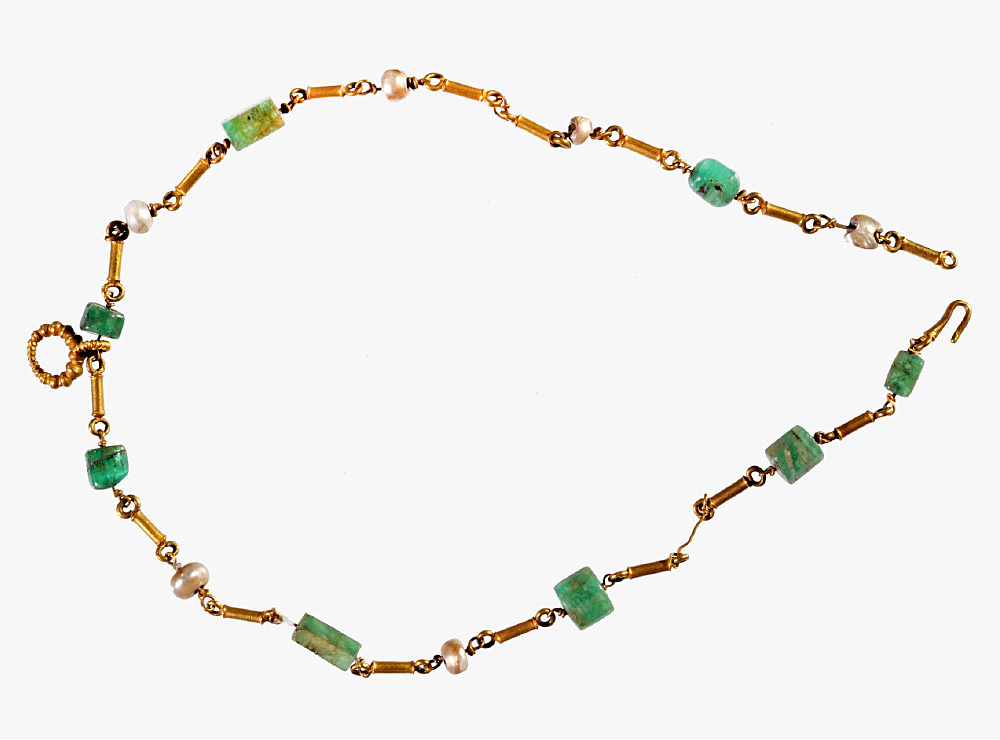Pliny says that the raisin wine from Crete was the most highly esteemed in Italy and the provinces followed by that of that of Cilicia (south eastern Turkey opposite Cyprus) and Africa.
Made by grapes left to dry in the sun. Pliny relates that second quality raisin wine is made by using the pulp from the first press, then adding well water. Best quality raisin wine is made by steeping the dried grapes in good quality wine until they re-hydrate, then they are pressed.
Health: Raisin wine is an essential ingredient in Pliny’s cure all:
Dosage: one snail pounded in its shell added to three measures of raisin wine. Warmed and given as a drink over five days:
One dose on the first day, two on the next, three on the third, two on the fourth and one of the fifth day. Do not exceed nine days.
He recommends it be given for: Asthma, Abscesses, Fainting, Aberration of the mind, Vertigo and Looseness of the bowels (also cured by burnt snails in dry wine).








